1. Frosted Mini-Wheats
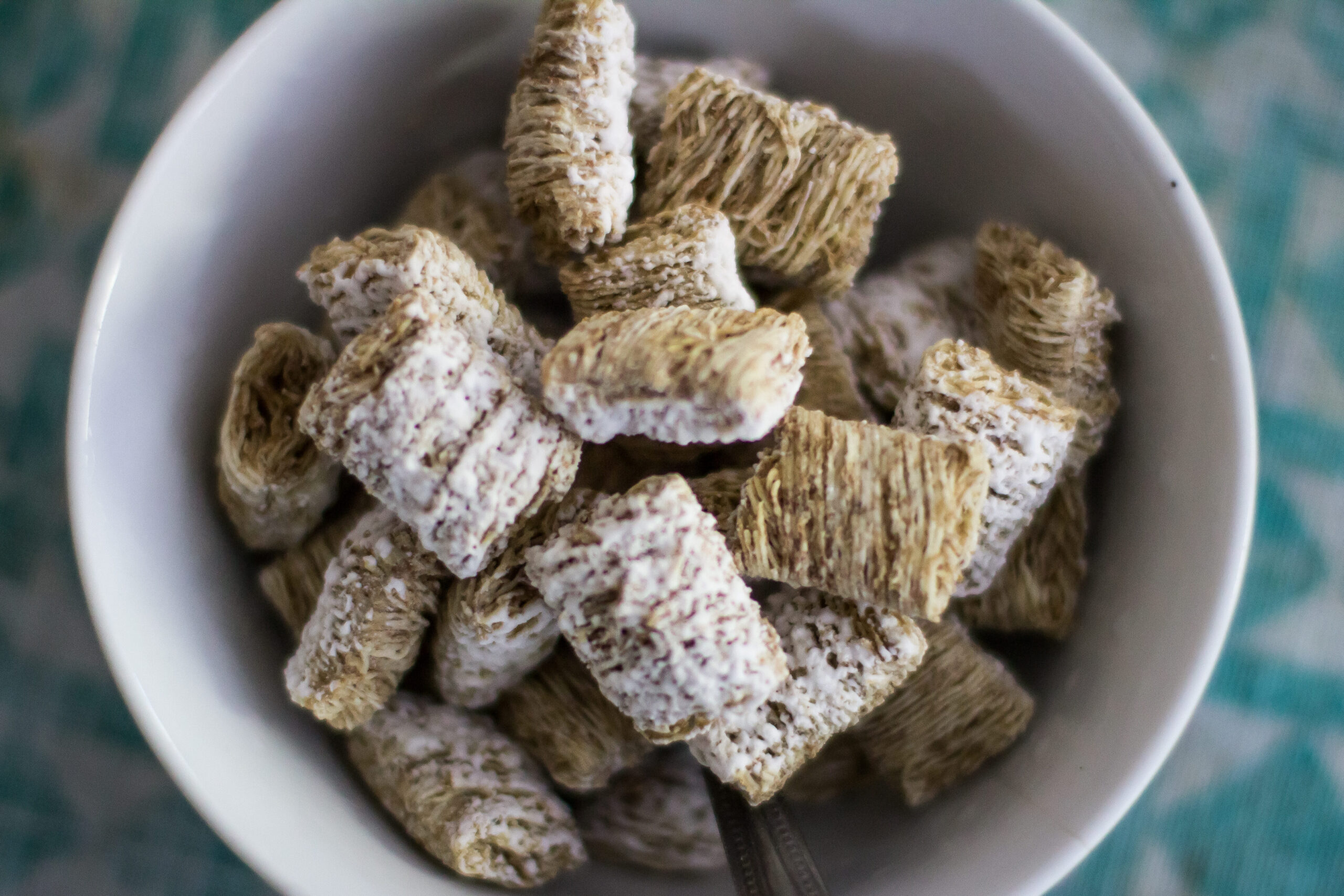
Frosted Mini-Wheats always sounded like the perfect compromise between taste and nutrition. Parents saw the “whole grain” label and thought they were buying something hearty and healthy. But those thick layers of frosting told a different story. Each little square was coated in sugar that turned milk into syrup by the last bite.
It’s not that it didn’t have some fiber and vitamins, but the sugar count was closer to a dessert than a true breakfast food. Kids loved it, of course, and the ads leaned into the idea that it was “good for you” with a sweet twist. The cereal still sells well today, but many adults look back and realize they were basically eating candy-coated wheat.
2. Honey Nut Cheerios
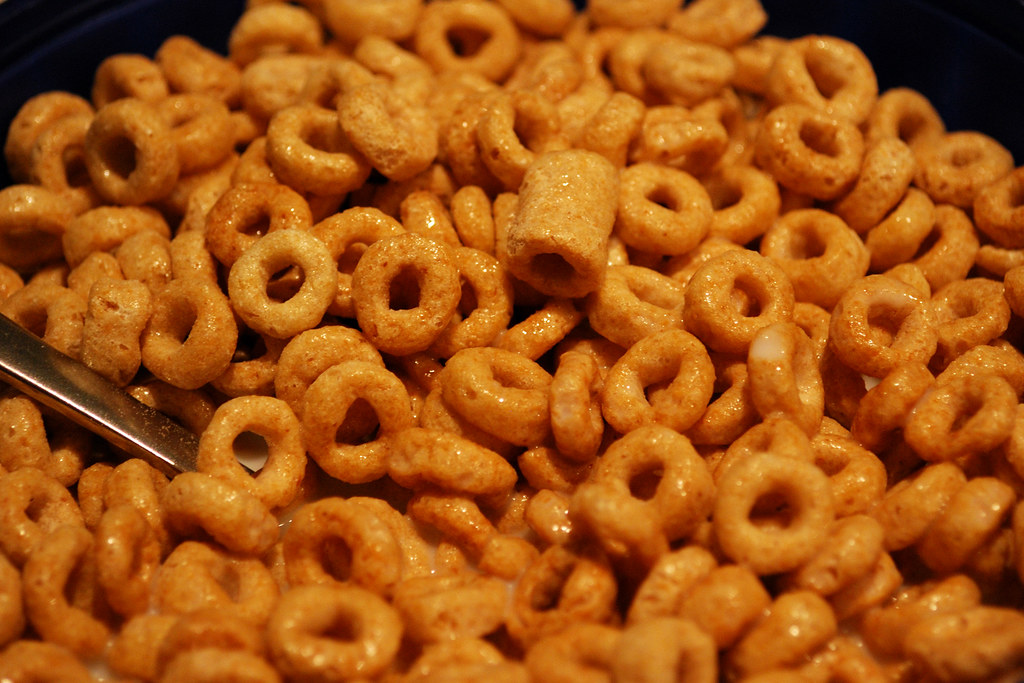
Honey Nut Cheerios was marketed as a “heart-healthy” cereal that could lower cholesterol, thanks to its oat base. The lovable honeybee mascot made it look innocent enough. But that sticky sweetness came from a blend of sugar and honey that pushed it far from its plain counterpart. Per serving, it had several times more sugar than regular Cheerios.
It became one of the best-selling cereals in America, largely because it walked that fine line between “good for you” and “treat.” The box may have had hearts and health claims, but it was really the sugar that kept people coming back. Even now, it’s one of the most common examples of a cereal that tastes wholesome but isn’t quite so saintly.
3. Raisin Bran
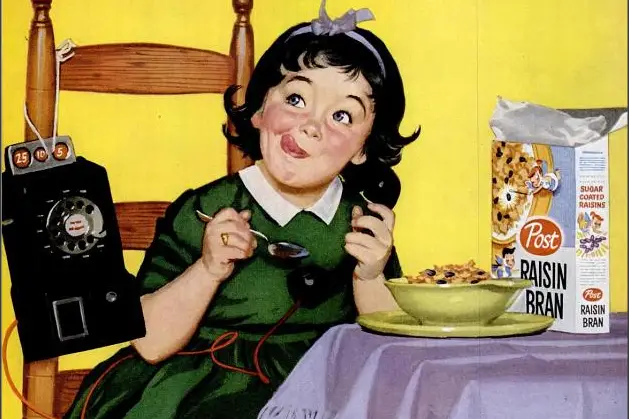
Raisin Bran’s pitch was brilliant—two scoops of raisins and lots of fiber. It sounded like the perfect choice for adults who wanted to eat better. But what most people didn’t realize was that those “natural” raisins were coated in sugar. That turned this so-called health cereal into one of the most sugar-loaded boxes in the aisle.
Sure, it offered some nutrition with its bran flakes and fiber content. But the added sweetness made it more of a sugary compromise than a smart start. It’s still a popular favorite, mostly because people love that “healthy” illusion that lets them enjoy a sweet cereal without the guilt.
4. Life

Life cereal felt like the ultimate middle ground between bland and sugary. It had whole grains, a bit of fiber, and that friendly kid from the “Mikey likes it!” commercial. But the original version contained more sugar than many people realized, especially once you poured on the milk. The texture and taste came from a sweetened base that disguised itself as wholesome.
Parents loved thinking they’d found something both nutritious and kid-approved. In reality, it leaned more toward the sweet side of the breakfast spectrum. It’s still on shelves today and still sold with that “good for you” vibe, but it’s definitely not as innocent as its commercials made it seem.
5. Cheerios Oat Crunch
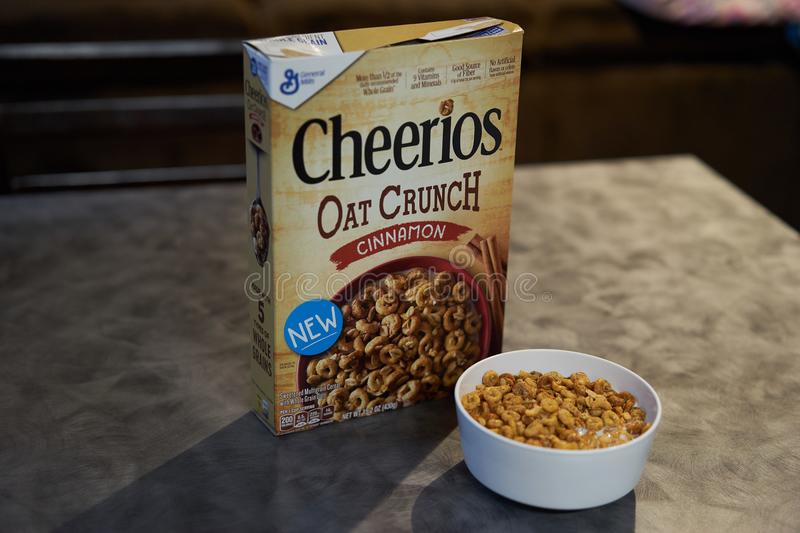
When Cheerios Oat Crunch hit stores, it was promoted as a heartier, more satisfying version of the classic. It looked rustic, with oat clusters and a brown sugar glow. But underneath that earthy image was a sugar count that rivaled much sweeter cereals. The “brown sugar” and “almond” flavors were especially sneaky about it.
It wasn’t that it was totally unhealthy—it just wasn’t the virtuous breakfast it appeared to be. Fans of regular Cheerios were surprised when they compared the nutrition facts. Oat Crunch may have felt like grown-up cereal, but nutritionally, it wasn’t much better than the ones with cartoon mascots.
6. Honey Bunches of Oats
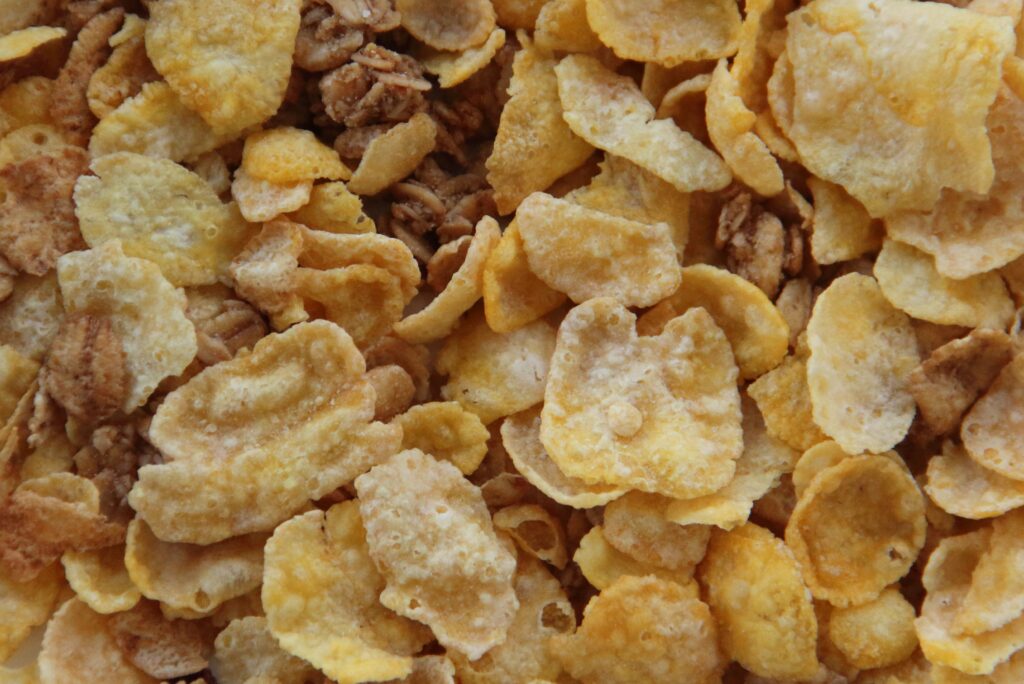
Honey Bunches of Oats looked like a healthy dream come true. It had flakes, oat clusters, and that comforting drizzle of honey. But each bowl packed more sugar than you’d think, making it a breakfast closer to dessert than fuel. The “honey” was mostly there for marketing—it was mostly just sweetened syrup.
Post sold it as the cereal that “made everybody happy,” and for a while, it did. But those bunches were sugar bombs hiding behind the idea of wholesomeness. Even though it had real grains, it didn’t quite live up to its heart-healthy image. It’s still a tasty cereal, just not the health hero it pretended to be.
7. Special K

Special K built its entire reputation on helping people lose weight. The famous “Special K Challenge” even encouraged replacing two meals a day with bowls of cereal. But each serving had nearly as much sugar as the ones people were trying to avoid. It might have been lower in calories, but that sweetness made it more of a diet illusion than a solution.
Many people were shocked when they looked closer at the nutrition label. The red box and sleek ads gave it an aura of sophistication, but it wasn’t much different from other processed cereals. In the end, it became a classic case of good marketing overshadowing good nutrition.
8. Cracklin’ Oat Bran
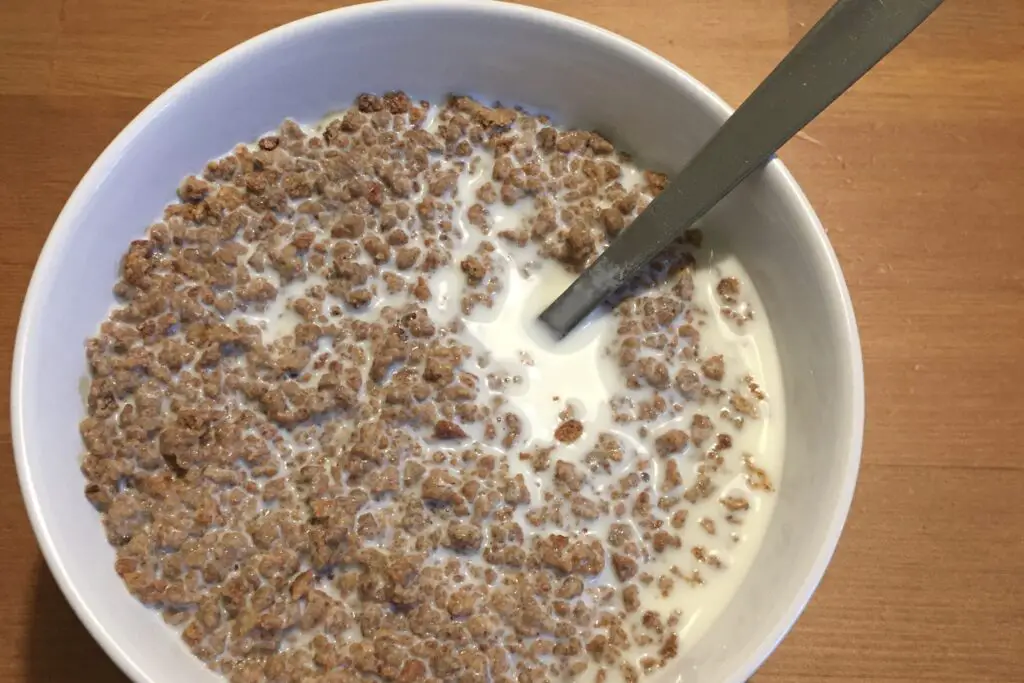
Cracklin’ Oat Bran sounds like something you’d find in a health food store. It was full of oats, bran, and fiber, and the commercials made it seem wholesome and sophisticated. But each serving contained more sugar than some candy bars. That distinct sweet-spice flavor came from a mix of brown sugar, coconut, and corn syrup.
It fooled a lot of adults who were trying to trade in their kids’ cereals for something healthier. Over time, the sugar was reduced a little, but not by much. It’s still one of those cereals that’s deliciously deceptive, and few people realize how sweet it actually is.
9. Smart Start
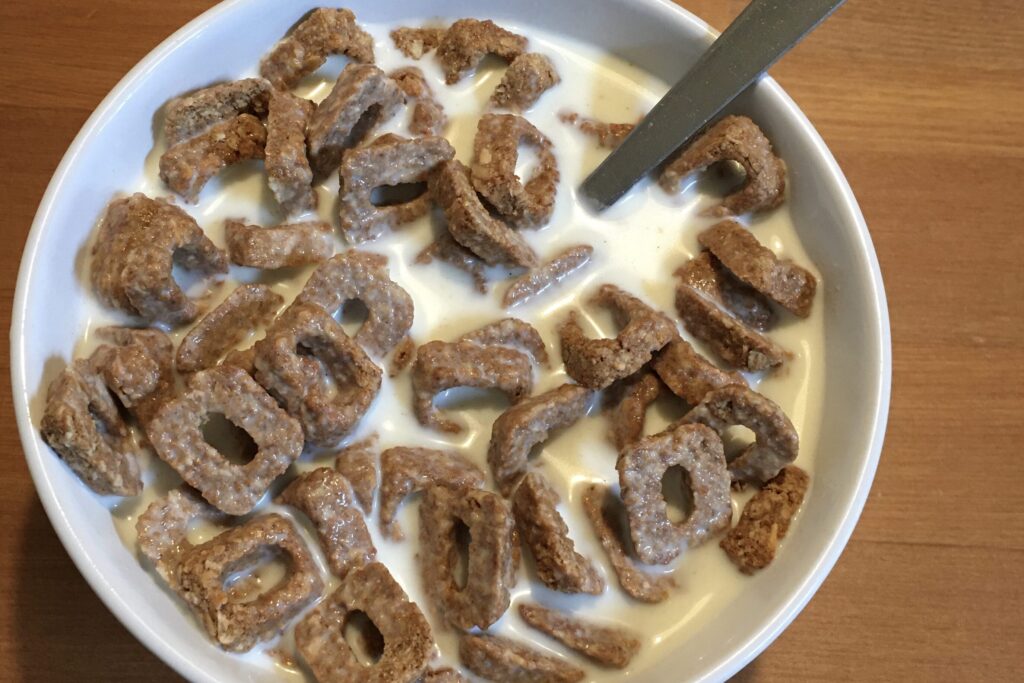
With a name like Smart Start, you’d expect a genuinely healthy breakfast. It was marketed as a cereal packed with antioxidants and heart-healthy ingredients. But once you looked beyond the label, you found more sugar than you’d expect in something “smart.” The bright packaging and nutrition claims made it easy to overlook the truth.
It became especially popular in the early 2000s when people were trying to eat better without sacrificing flavor. Unfortunately, its sweetness did most of the talking. Like many others on this list, Smart Start was a product of its time—selling the idea of health more than the reality.
10. Nutri-Grain Cereal

The name Nutri-Grain practically screamed “healthy.” The commercials featured active families, fit models, and words like “energy” and “balance.” But one glance at the ingredients revealed a different story—sugar, corn syrup, and refined grains. It might have had a few added vitamins, but it wasn’t much better than other sweetened cereals.
Kellogg’s even tried to extend the brand’s healthy image with Nutri-Grain bars, which were just as sugary. The result was a product that made people feel virtuous while eating what was essentially breakfast candy. It’s a reminder that a healthy-sounding name doesn’t mean much without reading the label.
11. Oatmeal Crisp

Oatmeal Crisp was designed to look like a more grown-up cereal. The ads showed oat clusters, almonds, and happy families enjoying a “hearty breakfast.” But the clusters were the sugary culprit, loaded with sweeteners to make them stick together. Each spoonful delivered a candy-like crunch that didn’t exactly fit the health halo.
It wasn’t a total nutritional disaster, but it wasn’t the balanced breakfast it claimed to be either. The “oatmeal” in its name gave it credibility, even though it shared more in common with sugary granola. For anyone who thought it was a smart swap for sugary cereals, it was more of a sideways move.
12. Total

Total marketed itself as the cereal that gave you everything—100% of your daily vitamins and minerals in one bowl. That sounded impressive until you saw how much sugar came along with those nutrients. It was fortified, sure, but it was also sweet enough to make milk taste like syrup. The “complete breakfast” tagline didn’t exactly mean “low sugar.”
In the ’80s and ’90s, it was a favorite among adults who wanted something more mature than Frosted Flakes but not as dull as bran flakes. Unfortunately, the sugar content made that health halo a little shaky. It remains a textbook example of how fortification can disguise sweetness.
13. Basic 4

Basic 4 was supposed to be simplicity at its best—fruit, nuts, grains, and balance. The marketing made it seem natural and minimalist, almost like trail mix in a bowl. But the “fruit” and “clusters” were coated in sugar, giving it a sweet, candy-like crunch. It wasn’t exactly the back-to-basics breakfast the name suggested.
People loved how sophisticated it seemed compared to kids’ cereals. But nutritionally, it wasn’t much different from those it tried to rise above. It’s one of those cereals that seemed healthy because of clever branding, not clean ingredients.
14. Honey Smacks

Honey Smacks didn’t just bend the truth—it shattered it. With a name like that, you’d expect some sugar, but few realized it contained one of the highest sugar contents of any cereal. The frog mascot, Dig’em, made it seem fun but friendly, and parents often thought the honey made it “natural.” In reality, it was over 50% sugar by weight.
It even topped nutritionists’ lists of the least healthy cereals on the market. Over the years, Kellogg’s tweaked the recipe, but it’s still closer to candy than breakfast food. Despite all that, people loved it for exactly what it was: pure, nostalgic sweetness.
